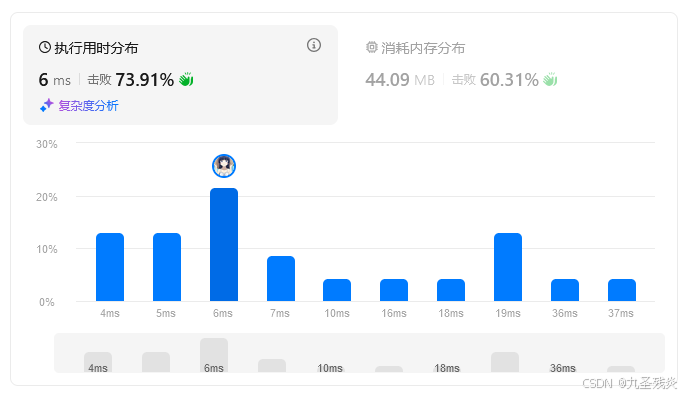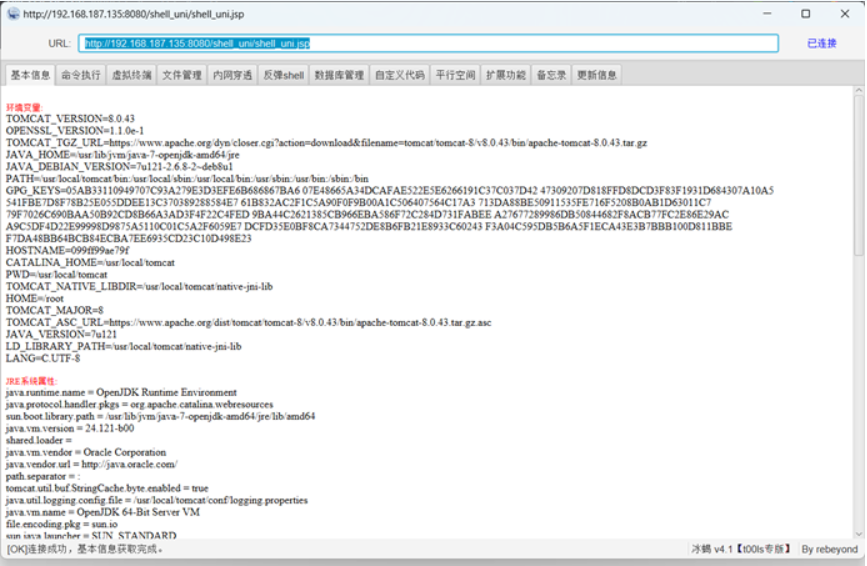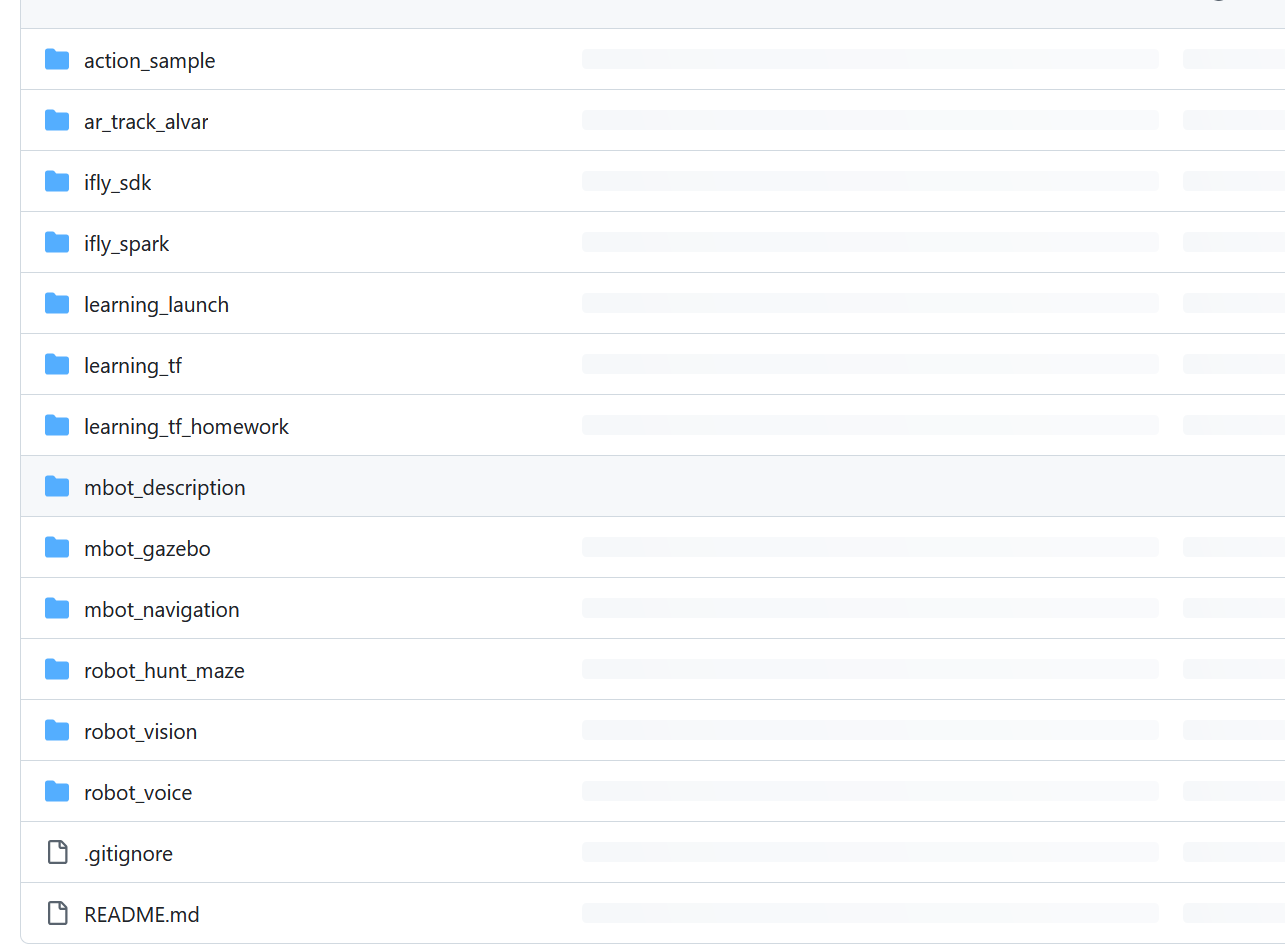给你两个字符串 word1 和 word2 。
如果一个字符串 x 重新排列后,word2 是重排字符串的 前缀,那么我们称字符串 x 是 合法的 。
请你返回 word1 中 合法 子字符串的数目。
示例 1:
输入:word1 = "bcca", word2 = "abc"
输出:1
解释:
唯一合法的子字符串是
"bcca",可以重新排列得到"abcc","abc"是它的前缀。
示例 2:
输入:word1 = "abcabc", word2 = "abc"
输出:10
解释:
除了长度为 1 和 2 的所有子字符串都是合法的。
示例 3:
输入:word1 = "abcabc", word2 = "aaabc"
输出:0
解释:
1 <= word1.length <= 10^51 <= word2.length <= 10^4word1和word2都只包含小写英文字母。
我的解答
class Solution {
public long validSubstringCount(String word1, String word2) {
int len1 = word1.length(), len2 = word2.length();
// 记录word2中字母出现的次数
int[] pre = new int[26];
// 记录word2中的字母在word1中出现的次数
int[] p = new int[26];
for(char ch : word2.toCharArray()){
pre[ch - 'a']++;
}
long res = 0;
int left = 0;
for(int i = 0; i < len1 ; i++){
int ch = word1.charAt(i) - 'a';
p[ch]++;
if(pre[ch] > 0 && p[ch] <= pre[ch]) len2--;
// 右遍历找到刚好包含word2中所有单词的子字符串后,收拢左边区域
if(len2 <= 0){
// 右边剩余单词可与当前字符串构成的组合
long ans = len1 - i;
long count = 0;
while(left <= i){
int left_ch = word1.charAt(left) - 'a';
count++;
left++;
// 左边单词为前缀单词,则该单词数减1
if(pre[left_ch] > 0){
p[left_ch]--;
// 如果当前单词数量减1后不符合前缀条件,则退出循环,进行向右补充单词
if(p[left_ch] < pre[left_ch]){
len2++;
break;
}
}
}
res += ans * count;
}
}
return res;
}
}



















